To some people, a sword might seem like a very simple thing. A sharpened piece of metal and a handle. Basically, just a big knife and nothing else.
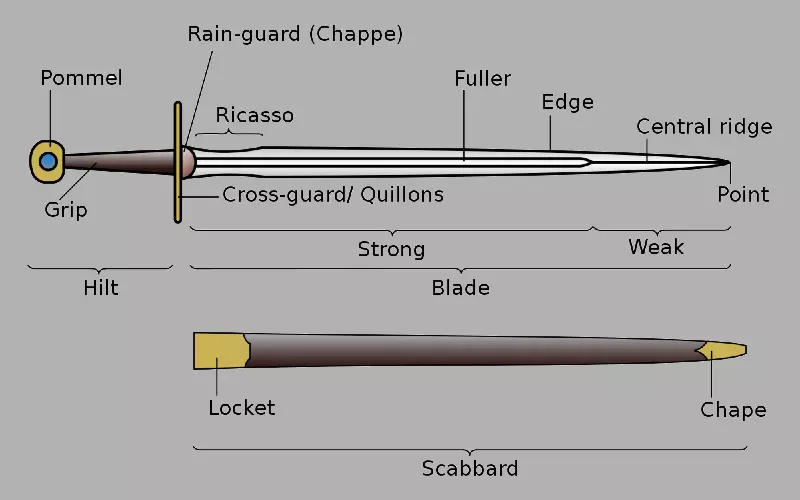
In reality, a sword is a very complex object. A fine and intricate tool that is created at the intersection between craftsmanship and science. Let’s take a closer look at the weapon that for the longest period in human history has been the pinnacle of engineering.
Contents
Types of swords
The first thing that needs to be mentioned is that the construction of a sword was not set in stone. Some alterations and modifications were constantly being added as the overall technological level of human civilization grew.
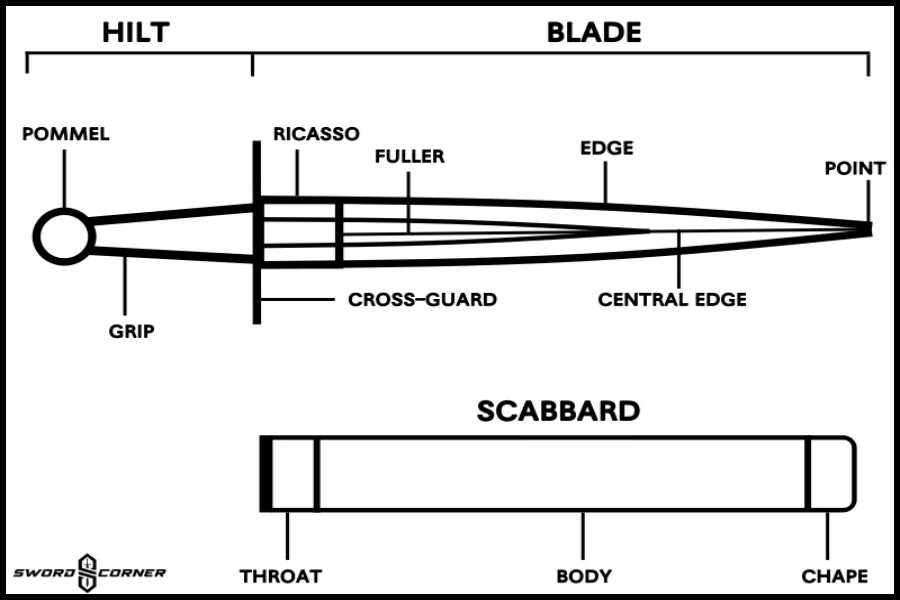
New alloys and new means of production allowed to make swords that were more durable, lighter, and easier to handle.
So one cannot really speak about the sword. There were different kinds of swords, each best suited for their time, place, and task. Let’s have a look at some of the swords that existed throughout history.
Time
Most swords of antiquity were quite different from, say, the medieval swords that were used by European knights.

The Romans, for example, were armed with a short and wide double-edged sword called a gladius. Its entire blade was only about 25 to 30 inches. It was made of bronze, a soft and fragile alloy. A longer or thinner blade would shatter on a stronger impact.
A short sword like that hardly makes an impression of a formidable weapon. Just by looking at it, one would never say that with the gladius in hand, the Romans conquered the entire Mediterranean world.
The medieval swords of Europe were totally different. The discovery and wider production of iron allowed blacksmiths to make swords longer and thinner. The Carolingian swords of the Early Middle Ages were just slightly longer than Roman gladius, 30–35 inches. Whereas the 15-16th century two-handed swords could reach up two 84 inches long.
Certain types of iron, like steel for example, were also much more flexible than various bronze alloys, which meant that you could shape the blade pretty much any way you wanted. That allowed blacksmiths to create elaborate and beautifully ornamented weapons, which were also meant to demonstrate the high social status and wealth of their noble owners.
Place
The region should also be taken into account. Even the swords that existed at the same time could look very different if they originated from different parts of the world.
A famous example would be the Japanese Middle Ages katana also known as daito. This moderately long (up to 32 inches), slightly curved blade, with only one sharp edge, was the personal self-defense weapon of the samurai.

It was rarely used in battles. Instead, the samurai preferred to use a bow, a long Japanese lance called yari, or longer swords, like naginata.
Katana was mostly a self-defense weapon that a samurai would carry on his person in peaceful times. Of course, there were occasions when the samurai could be ordered to surrender his blade. For instance, carrying a sword in the presence of an emperor or a shogun was an offense punishable by death.
In most other social situations, samurai would always carry a daito. In this respect, the sword was very similar to a rapier, a swordused at the same time in Europe.
The rapier was also mostly a self-defense blade. Some members of European nobility and well-off citizens would carry them on their hips any time they left their homes. Both rapier and katana were lighter a less cumbersome than typical weapons of war. However, at that, their similarities end.
The rapier is longer than the katana (41″ against 30-32″). The rapier is also designed for stabbing, whereas the katana is best suited for cuts and slashes.
And finally, rapiers had the so-called basket hilt, a metal cage-like structure around the handle. The basket was made to protect the hand of the user. At the same time, katanas, and many other Japanese blades, had limited or no hand protection.
Task
Finally, swords could have different applications. Even in one army, different branches of military service used different blades. For example, the cavalry swords were always distinct from the ones used by the infantry.
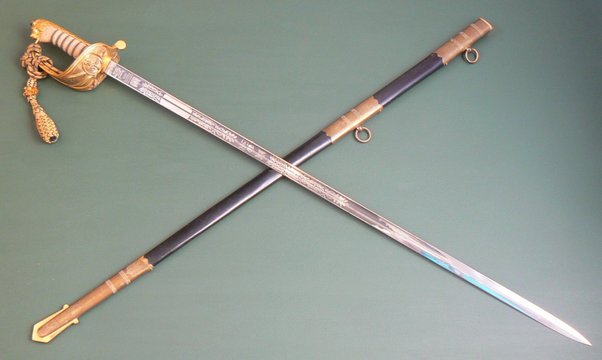
The dragoons and other soldiers fighting from horseback were always armed with comparatively long and curved swords called sabers. The curve was essential for performing the fast cutting or slashing blows, as the rider was galloping past the enemy.
The infantry swords did not have a curve most of the time and could be used for both thrusting and cutting.
As you can see, there were all kinds of swords, and they consisted of slightly different parts. There are however some elements that can be found pretty much in any type of historically bladed weapon.
The sword blade and hilt
The two main parts that make up any sword are the blade and the hilt. They both in their turn consist of other parts.
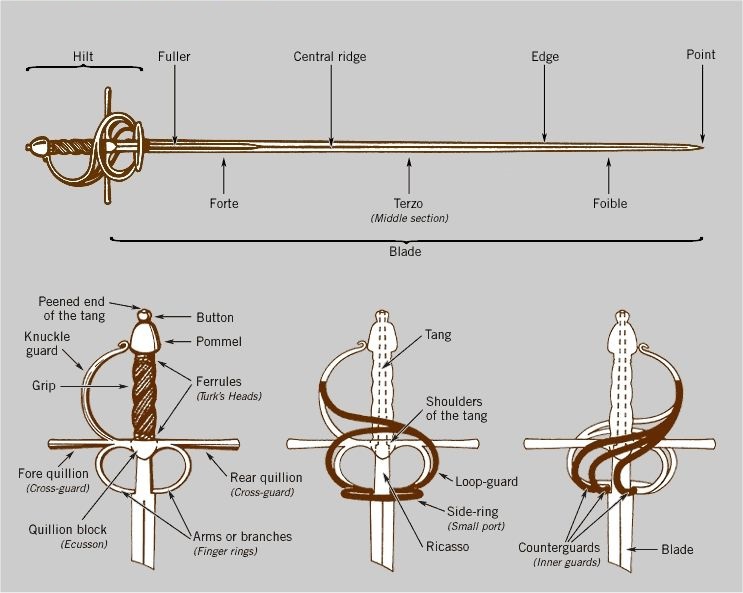
Sword blades
Pretty much every part of the blade has its name and purpose.
The sharp edges
First, there’s the cutting edge. That’s the sharpened part of the blade. In some swords, both sides of the blade are sharpened, in others only one.
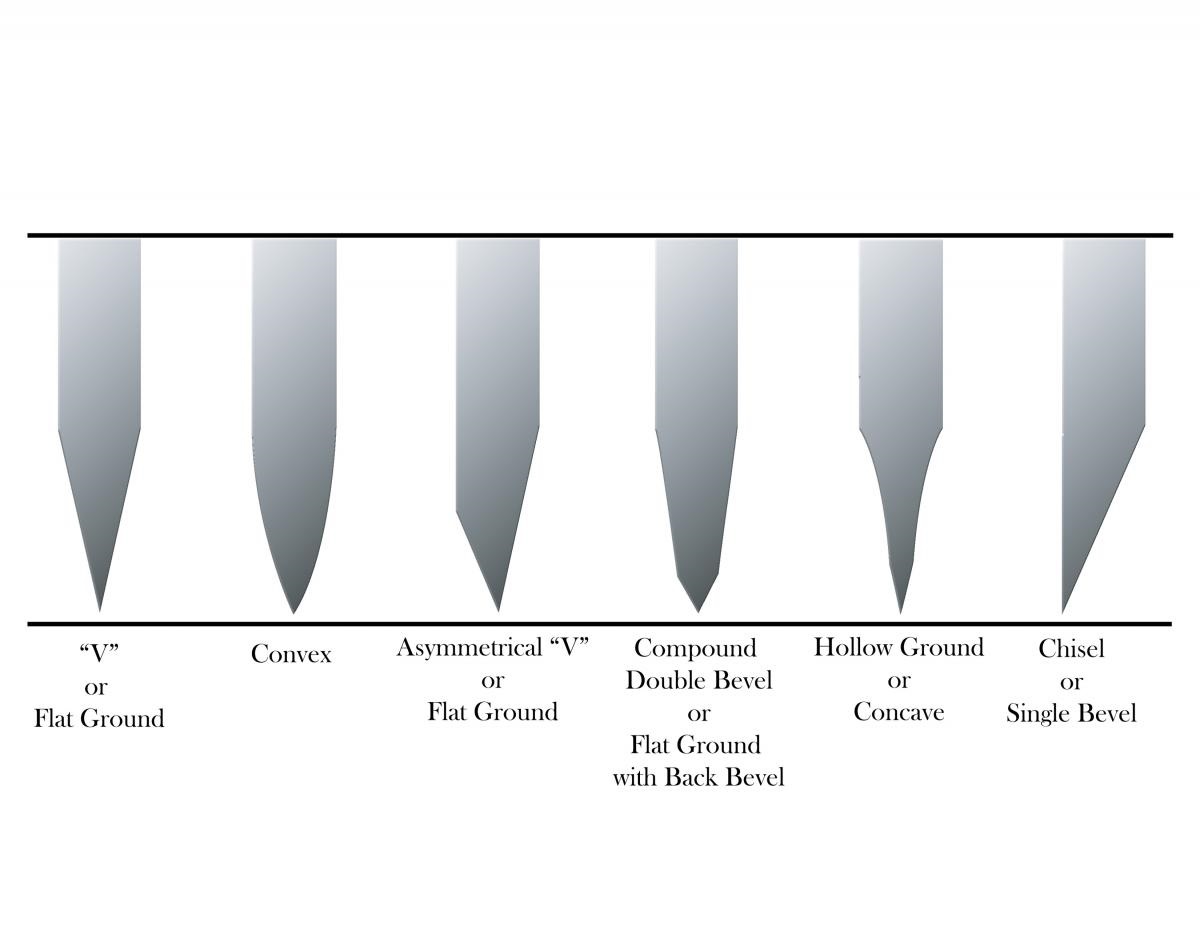
Most medieval weapons were double-edged, and most swords used later were single-edged sabers.
The ricasso
Sometimes the blade is not sharpened all the way to the handle. The unsharpened portion between the sharp edges and the handle is called a ricasso.

Ricasso is often wider and more durable than the rest of the blade because it is specifically designed for parrying, i.e., deflecting or blocking the opponent’s sword.
The fuller
In the middle of the blade, there’s often a rounded groove called a fuller. The fuller is also sometimes called the blood groove. There’s a misconception that the fuller serves as a slot for channeling the blood. Even though this theory does have its charm, it’s simply not true.
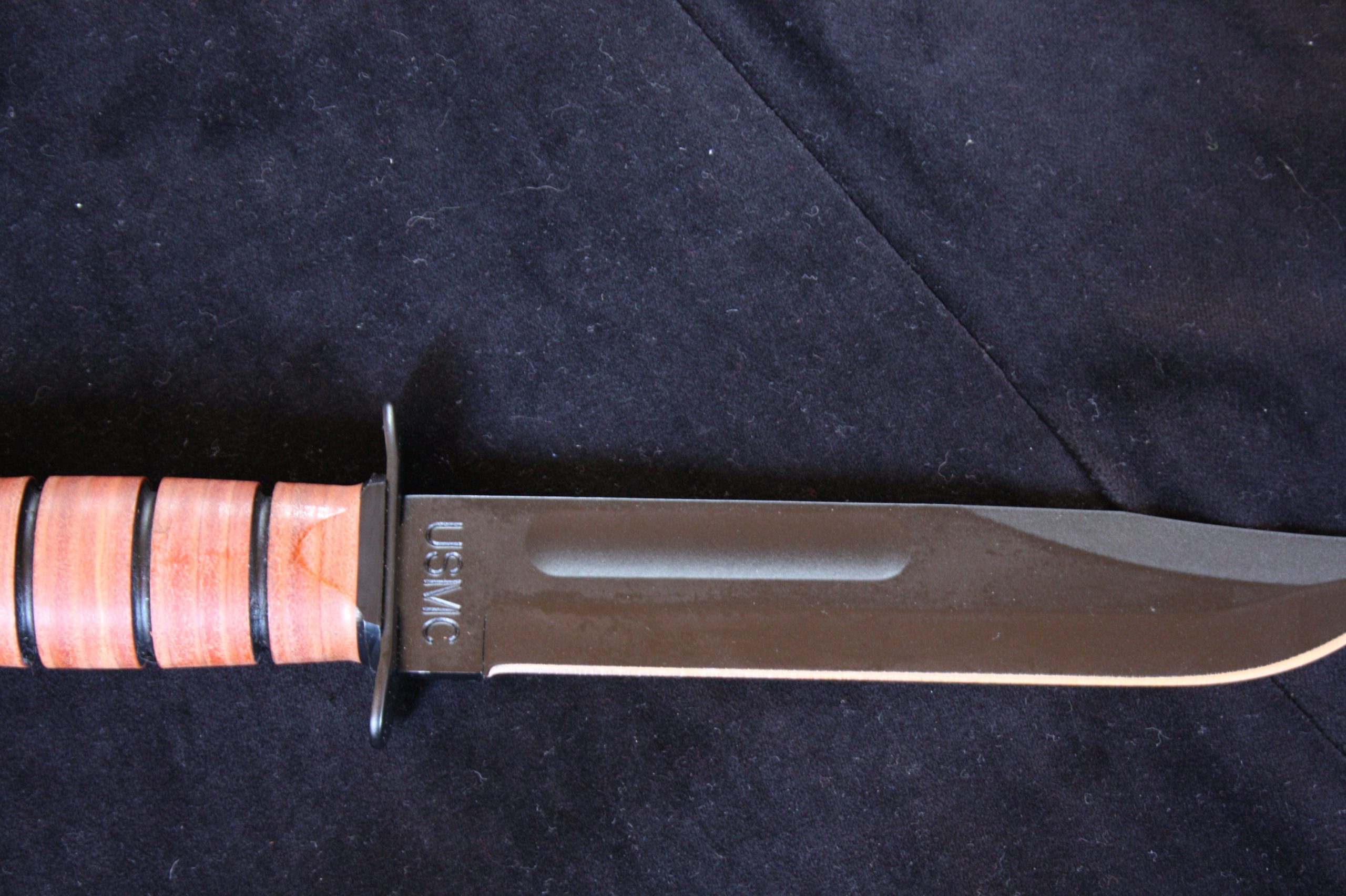
In reality, the fuller is a part that makes the sword lighter and more durable at the same time.
The central ridge
Some swords like the Roman gladius do not have a fuller. Instead, the middle part of the blade is made wider. The central part is called the central ridge of the sword. Because of the central ridge, such swords would have diamond cross-sections.
The point
Finally, there’s the point. Obviously, the pointy end of the blade. It is the part of the blade that is intended for stabbing and thrusting. It is often significantly sharper than other sword parts.
The hilt
The hilt is the handle of a sword. It includes the cross guard, the grip, and the pommel.
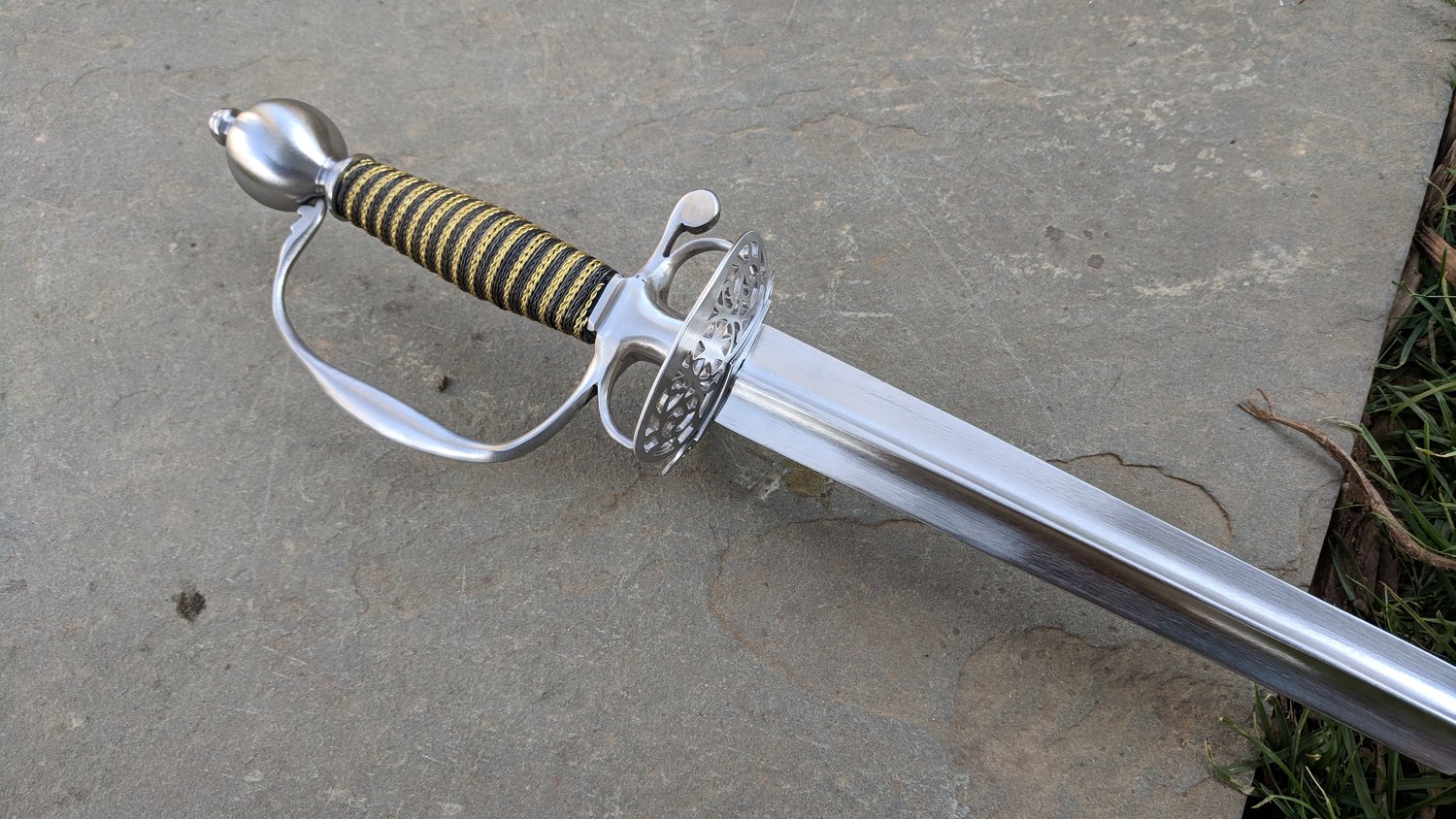
The cross-guard
The cross guard, alternatively known as the quillon is located between the blade and the hilt.

Just as the name suggests, its main purpose is to protect or in other words to guard the hand and the fingers of its wielder. However, fewer people know that the guard was also used as a primary tool for deflecting the opponent’s blade.
In the movies, we can frequently see sword fighters clashing their blades against one another. In real life, you would rarely see that. Historically, most warriors would either use shields to protect themselves from the incoming blows or try to parry with the ricasso and the guard.

The shapes of the cross guards could vary. In most medieval swords, the guard would be indeed shaped like a cross, running across the front of the handle from one side to the other.
Sometimes the hand guard would have a more elaborate appearance. It could be crescent-shaped, it could be longer on one side of the hilt, or it could also run all the way to the bottom of the hilt, forming a protective frame. In Japanese blades, the guards are famously small and circular.
The grip
The grip is the area of the hilt where the hand would grip the sword.

The grip would have some textile leather or wire wrapping to increase friction. Depending on the time and the price of the sword, the grip could or could not have some ergonomic indentation.
The tang
The tang is a metal rod that serves as the base for the handle, connecting it to the blade and keeping the whole sword together.
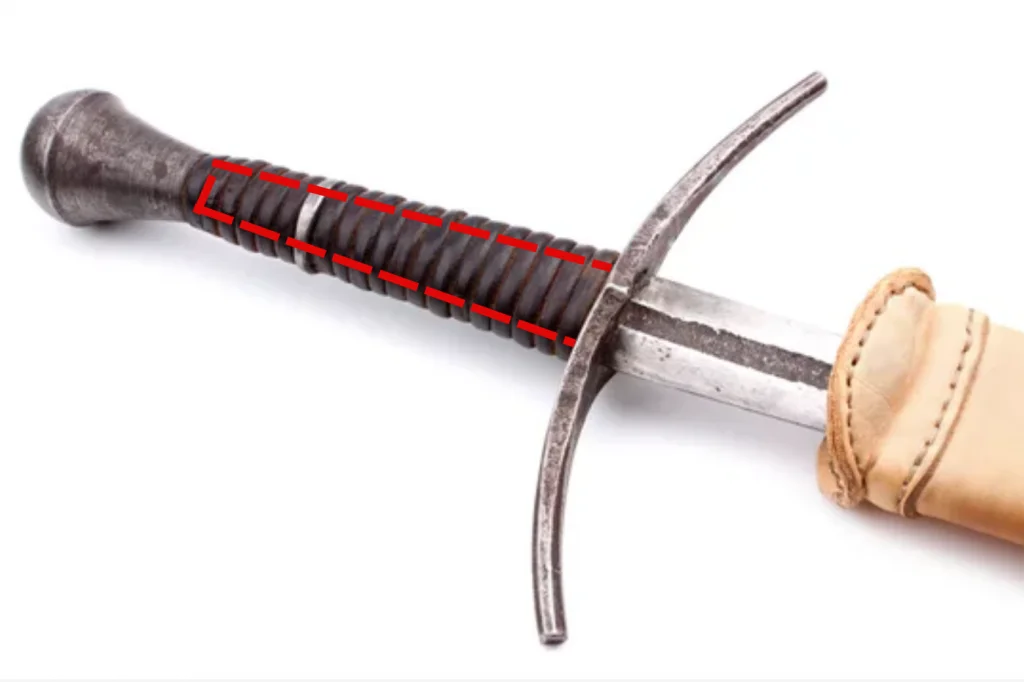
The tang is often overlooked since it is concealed inside the sword under the wrap of the grip.
The pommel
The pommel is another part of the sword that is essential for holding the whole thing together. After the sword is assembled, the pommel is screwed onto the tang immediately under the grip.

The pommels could come in different shapes. Most frequently, they were spherical or octagon-shaped. They also served as a counterweight and as a detail that prevented the hand from slipping.
Even though pommels had real applications, they were also used as a decorative part of the sword. They could be beautifully ornamented or even enchase with gems. Some knights preferred to have the pommel of their swords engraved with the symbol of their order.
The scabbard
Even though the scabbard isn’t a part of the sword per se, I still think it is necessary to say a couple of words about it.

The scabbard is basically a sheath for sword blades. It protects the sword from the environment when it is not being used.
It is made up of three parts, the throat, the body, and the chape.
The throat is the opening at the top of the scabbard where the blade would be inserted. The throat should be tightly fitted to prevent the water and dirt from getting into the scabbard. However, it should also be big enough for smooth and effortless insertion of the blade.

The body is the base part of the scabbard. It could be made of different materials, including metal and wood. Often the body would also be richly decorated.
The chape is the cap attached to the bottom of the scabbard. It is a part of the scabbard that fits over the point of the sword. It keeps the point from being exposed when the scabbard is not in use. It also provides some protection for the point when the scabbard is being transported from one location to another.
Conclusion
This was a basic overview of the main parts of a sword. As you can see, a sword is not as simple as it may seem at the first glance. Each of the sword parts has its specific purpose and history behind it.
Whether you’re just a passer-by, an enthusiast interested in history or you would like to join your local historical martial arts club, we welcome you, and are happy to share our passion with you.
I hope that this article will help you make the first steps in your journey into the fascinating and brutal world of historical arms.
FAQ
What are parts of a sword called?
Swords come in various shapes and sizes. However, there are some parts of a sword that can be found in pretty much any sword. The parts are the sword blade and the hilt.
The blade includes the cutting edge (or edges), the point, the ridge, the fuller, and sometimes the ricasso.
The hilt consists of the grip, the sword guard, and the pommel.
What are the 3 parts of the sword?
The three basic parts of a sword are called the blade, the sword guard, and the hilt. In some sources, the sword guard is considered to be part of the hilt.
What is the hand guard on a sword called?
It depends on the type of sword we’re talking about. The hand guard on medieval weapons that were used by European knights is called a cross guard. The sword guards on the rapier are called basket guards.
What is the part you hold on a sword called?
This part of a sword is called a grip. It should not be confused with the term hilt. The hilt is the part of a sword that includes the grip, the pommel, and the sword guard.
Did swords penetrate plate armor like in the movies?
In reality, most medieval weapons could hardly penetrate plate armor. You would have to aim for the gaps in the armor to inflict any damage on its wearer.

